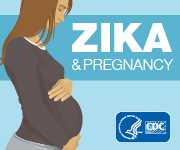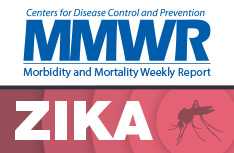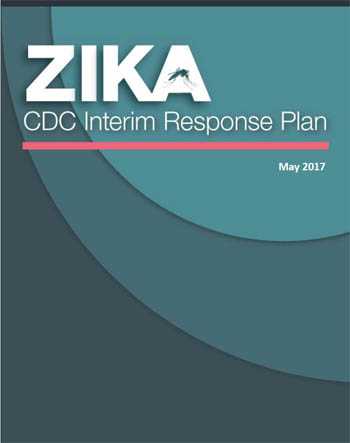CDC Zika Interim Response Plan
Summary
The purpose of this document is to provide guidance and resources for responding to cases of Zika virus infection in the continental United States and Hawaii. This guidance is targeted to state, local, and tribal jurisdictions, which are responsible for responding to Zika virus disease in their communities. This guidance may also be used by jurisdictions in US territories and freely associated states as applicable and adapted as needed. Information is provided to assist jurisdictions in protecting pregnant women and infants and responding to travel-associated, sexually transmitted, and locally acquired Zika virus infections in the United States. This document serves as a reference for public health decision-making and is not meant to be prescriptive or comprehensive, as activities and decisions are jurisdiction- and event-specific. The response activities outlined in this plan are based on currently available knowledge about Zika virus, its transmission, and its effects on pregnant women and infants. These activities may change as more is learned about Zika virus.
Latest Changes
This CDC Zika Interim Response Plan replaces previous versions posted on July 31, 2016, September 30, 2016, and October 21, 2016. Building on lessons learned in 2016 and feedback from state and local health partners, CDC has revised this document to be more streamlined, added links to existing guidance on CDC’s website, and updated critical guidance. Detailed guidance on issuing and removing Zika active transmission (red) area designations and Zika cautionary (yellow) area designations has been provided. In addition, the guidance for identifying areas at risk for the purpose of blood and tissue safety is now more closely aligned with the guidance for issuing travel and testing guidance.
- Page last reviewed: May 5, 2017
- Page last updated: May 5, 2017
- Content source:





 ShareCompartir
ShareCompartir
